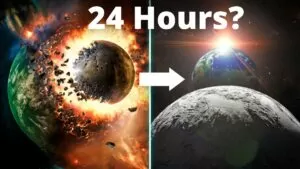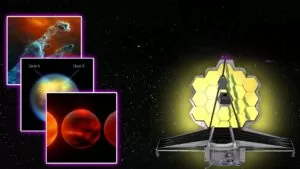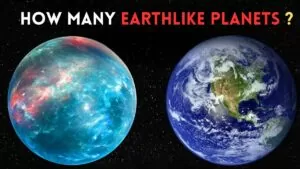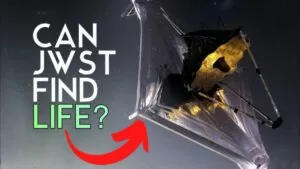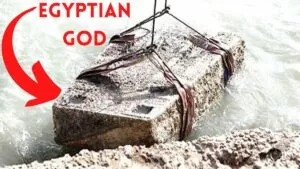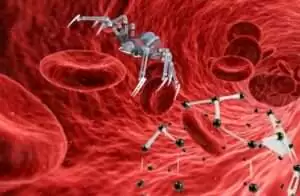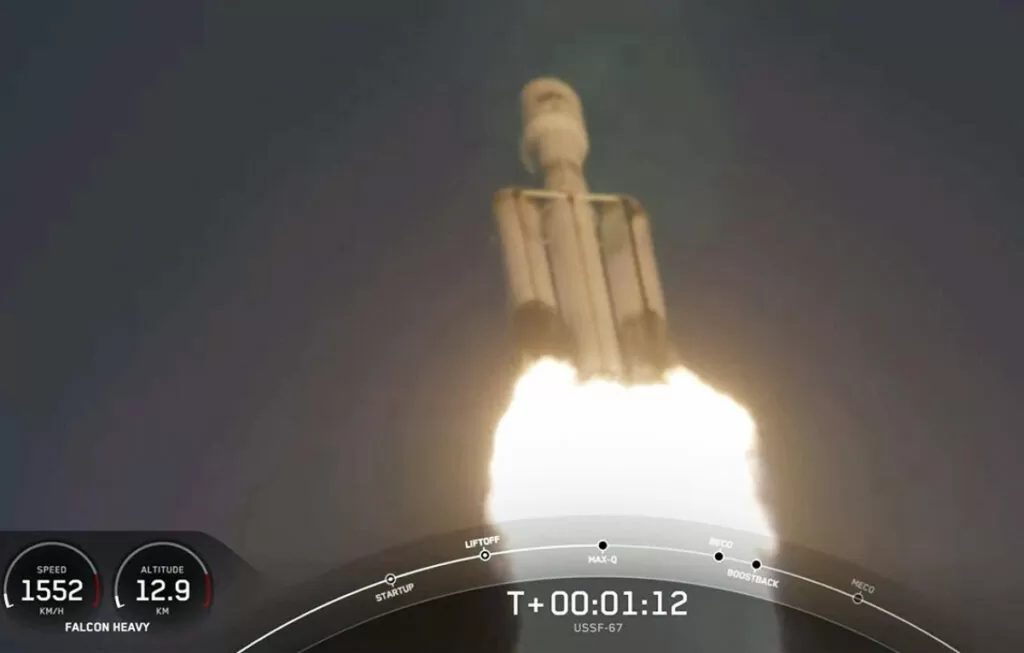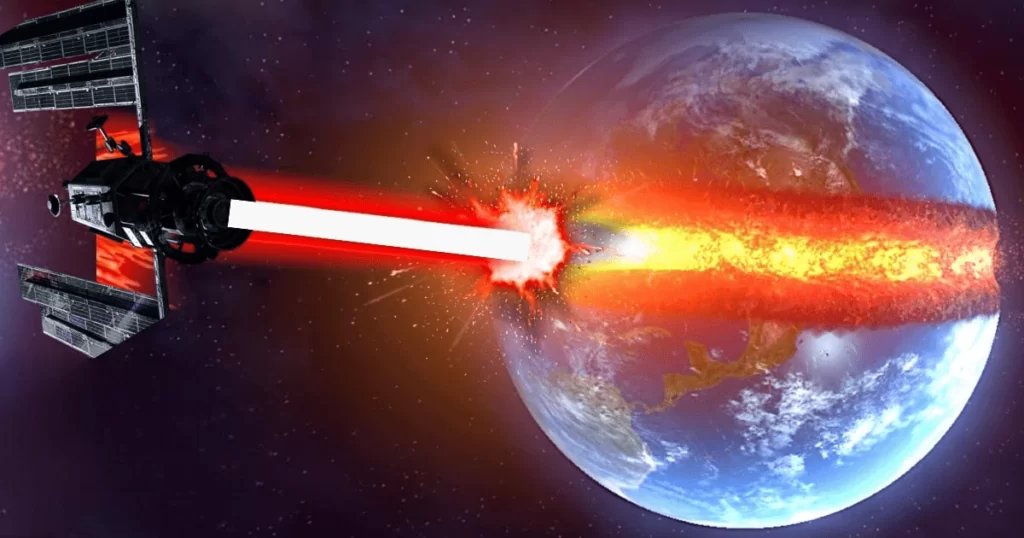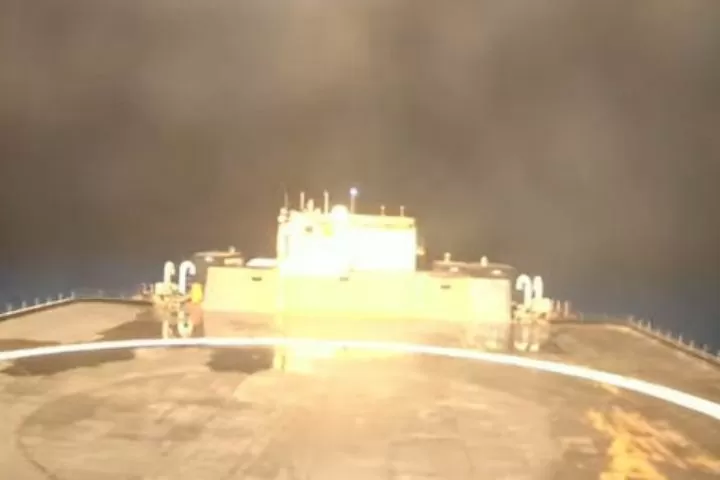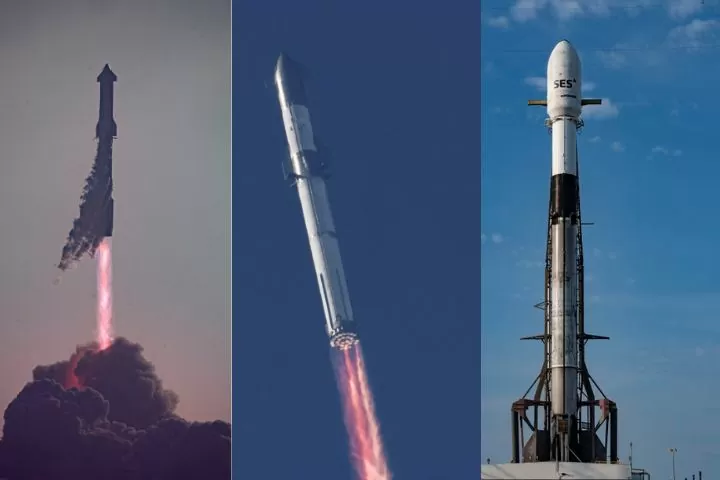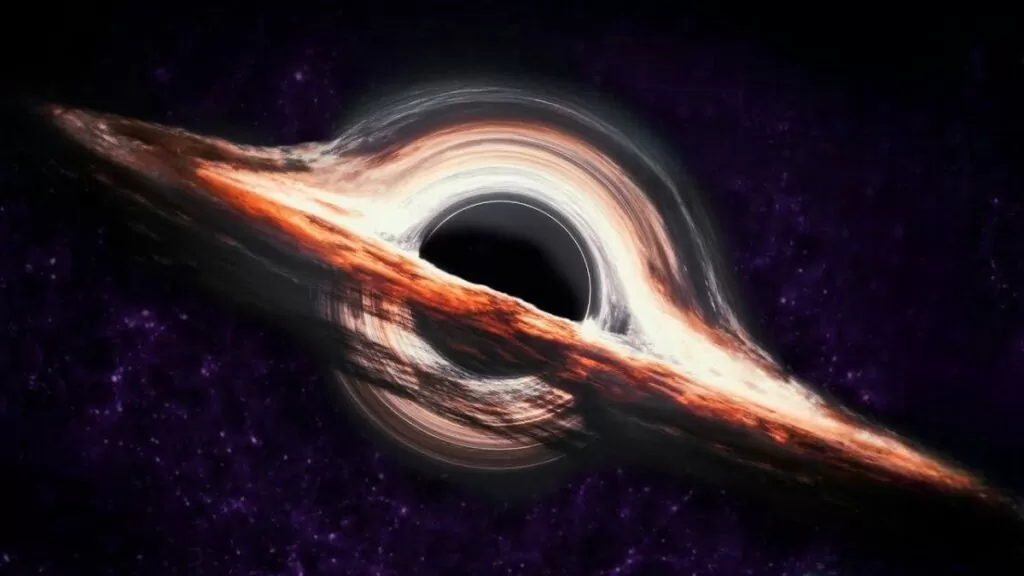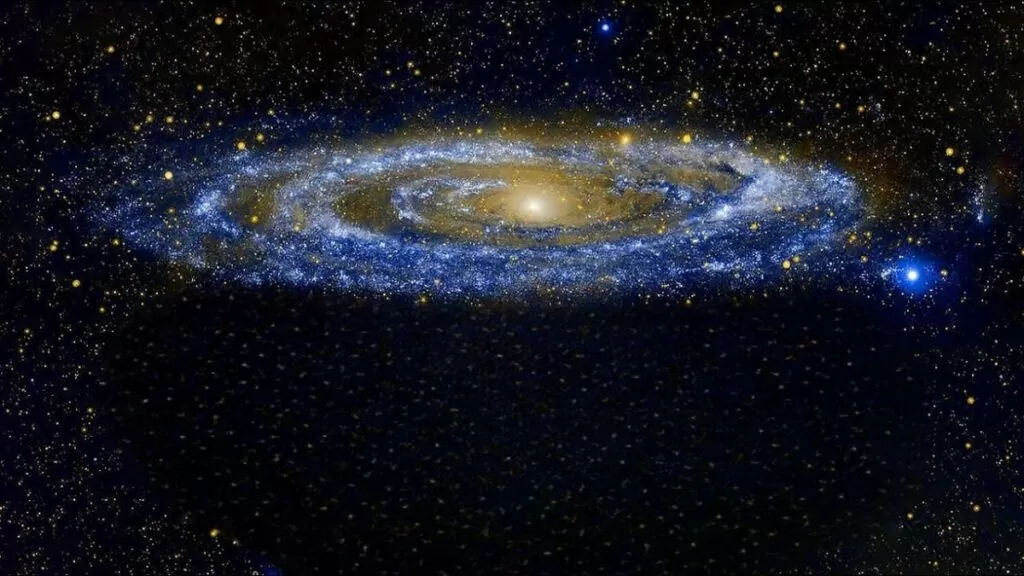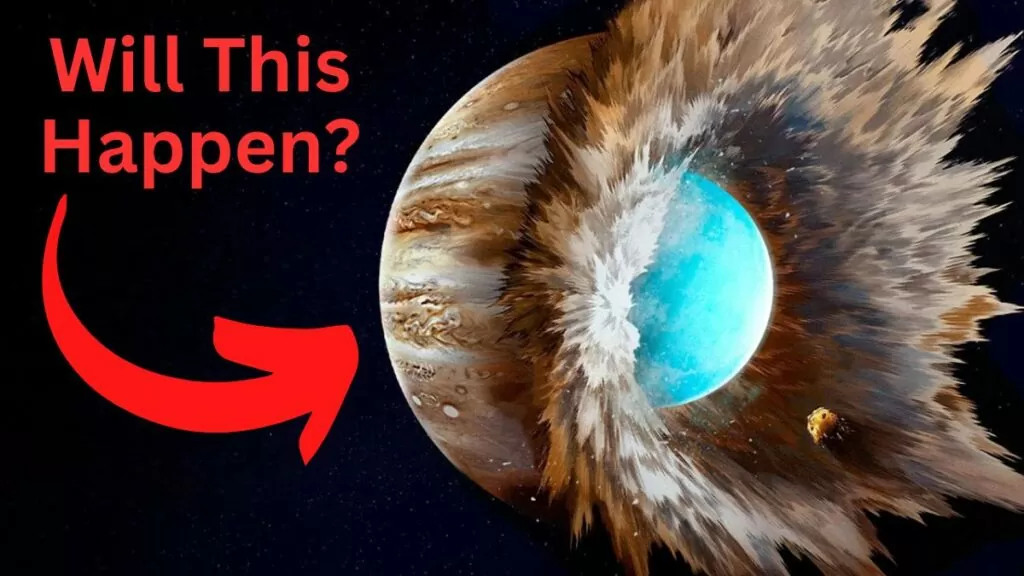
It’s all over for Uranus.
The ice giant is locked into a collision course with the king of all planets in our Solar System.
Jupiter.
OK, let’s get to know our two planetary prize fighters a little better.
You know, before they both potentially get blown into oblivion.
First, Jupiter.
The largest planet in the Solar System.
Put all the other planets together, and it’s still twice as massive.
But this monstrosity has no solid surface.
It’s nearly all gas, mostly made out of hydrogen and helium.
In the other corner of the ring is Uranus.
Even though it’s three times smaller and 20 times less massive than Jupiter, it’s the third largest planet in the Solar System.
So don’t let the size difference fool you.
Underneath Uranus’ hydrogen and helium atmosphere, there’s an abundance of water ice.
That’s why Uranus isn’t a gas giant like Jupiter.
It’s an ice giant, like its neighbor Neptune.
Of all the planets in the Solar System, Uranus is unique.
It rotates on its side.
All thanks to an Earth-sized object that slammed into it billions of years ago.
So could the most epic collision in the history of collisions end with Uranus getting knocked right side up?
But if these planets collide, that promise might be cut short.
You likely don’t track Uranus’ whereabouts in the night sky.
But if you did, you’d be in for the realization that the icy planet has somehow slipped out of its usual orbit.
Commencing countdown to collision.
On its way toward Jupiter, Uranus would first need to survive a close encounter with the gas giant next door, Saturn.
With all its colorful rings and many moons, Saturn is twice as large as the stinky blue planet.
But the two planets have very similar gravitational pulls.
So as they just barely brush past one another, Uranus could end up sweeping up a moon or two to add to its current collection of 27.
Uranus would now be barrelling down onto its opponent.
The closer it gets, the clearer the picture would become of just how incredibly enormous that opponent is.
Jupiter is over 20 times as massive as Uranus.
And even though it doesn’t technically have a surface, its surface gravity is more than twice as strong.
Maybe Uranus was barking up the wrong planetary tree.
Except it’s too late to turn back now.
Besides, you’ve got front-row seats to this epic fight.
It wouldn’t be smooth sailing right up into Jupiter’s atmosphere.
First, Uranus would have to elbow its way through some of Jupiter’s 80 moons.
The first of these would be Pasiphae.
There wouldn’t be much to worry about here.
Pasiphae is very small.
It’s more than 60 times smaller than our Moon.
Uranus would pass right by it and the remaining minefield of Jupiter’s moons completely unscathed.
Now the planetary heavyweights would be getting close.
But how this collision would unfold would all depend on Uranus’ angle of impact.
If it somehow managed to slip into Jupiter’s orbit, then the two would be on course for a head-on collision.
In this event, the atmospheres of both planets would compress as they came into contact.
This would result in both of their temperatures rapidly increasing.
And then, BOOM!
No, I’m just kidding.
With no oxygen on either planet, they wouldn’t ignite in fiery explosions.
But if you’re only in it for the spectacle, don’t worry.
The collision would still be very violent.
The two planets would make full-body contact, combining their mass along the way.
Like a Juranus.
Or maybe a U-piter.
One thing that wouldn’t happen though is Jupiter turning into a star.
In order to become a brown dwarf, it would need to weigh 13 times more than it does now.
Or 85 times more if it wanted to become a low-mass star.
Sadly, adding Uranus under its belt would only increase Jupiter’s mass by a fraction.
Now, more realistically, Uranus would hit Jupiter from the side.
This collision would also begin with the two atmospheres compressing.
Except instead of merging into one, they’d both remain somewhat intact but have a lot of their gases thrown off into space.
So after this epic encounter, we’d still be left with eight planets in the Solar System.
Though these two would certainly look a little different.
Jupiter would look like a thinner version of its formerly huge, gassy self.
And Uranus could end up being not much more than a solid rocky core covered in water and ammonia.
If things unfolded like this, then that could leave Saturn to take over the throne of the largest planet in the Solar System.
Well, that makes me think.
What would happen if the two gas giants collided in all their former glory?
Well, that’s a story for another WHAT IF.
